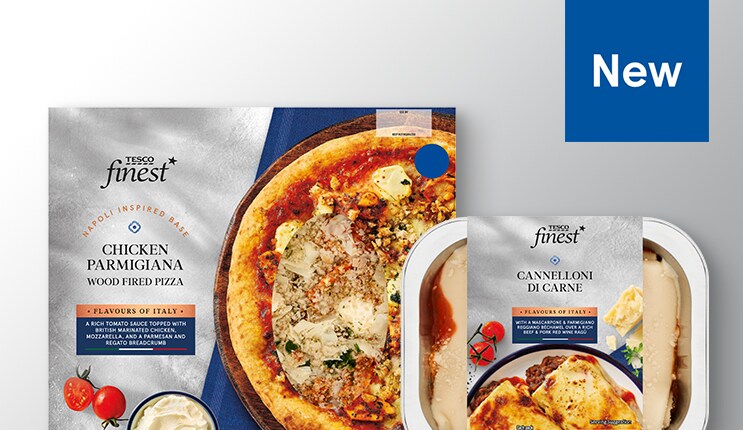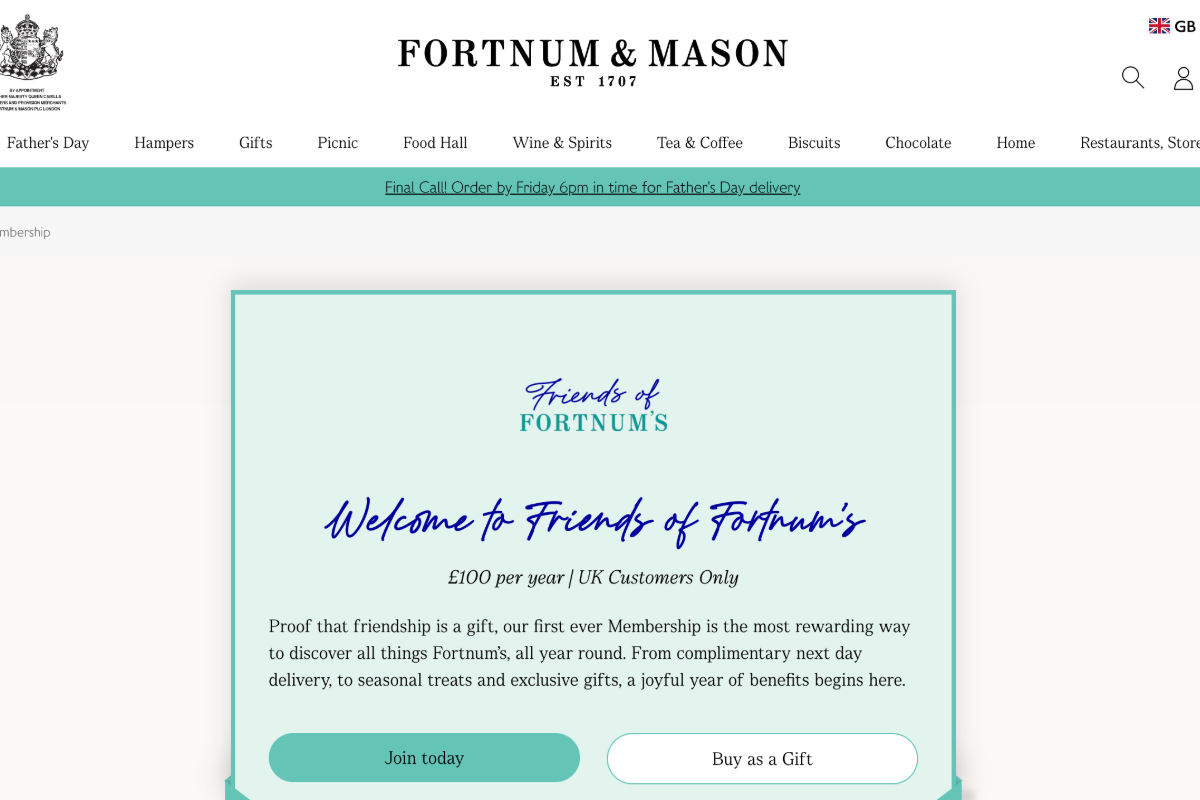UK shoppers are expected to inject some £834m into the economy this Father’s Day – 60% of it online.
The findings – from retail and shopper marketing agency, Savvy – indicate that UK shoppers’ interest in getting involved stands at 53%, with 60% going online to shop for gifts, with 44% looking to buy more expensive food and drinks to celebrate the occasion.
Of the gifts shoppers expect to give a card is by far the most popular purchase (61%), followed by chocolates (23%) and a book/CD/DVD (20%). A meal at a restaurant is on the list for 19%, closely followed by the gift of beer for a lucky 17%.
A home cooked meal was the plan for 16%. Interestingly grooming products scored 10% this year. 13% don’t expect to give anything this year.
Shoppers are also turning to online for inspiration, finds the study. The supermarket is the go-to place for 51%, but Amazon is a close second for 45% and Google for 31%. Pinterest, Facebook and a grocery retailers’ website are sources of inspiration for 13% of Father’s Day shoppers. Instagram lags very slightly behind with 12%.
Alastair Lockhart, insight director at Savvy comments: “Father’s Day marks the end to a busy first half of calendar events for retailers, during which we have seen strong growth in events sales, significantly outperforming the overall market. Total spending on Father’s Day celebrations is set to reach £834m in 2019, up 4.4% on the previous year. In line with other events this year we’ve seen discount retailers step up activity and more shoppers turning to social media for gift inspiration.”








